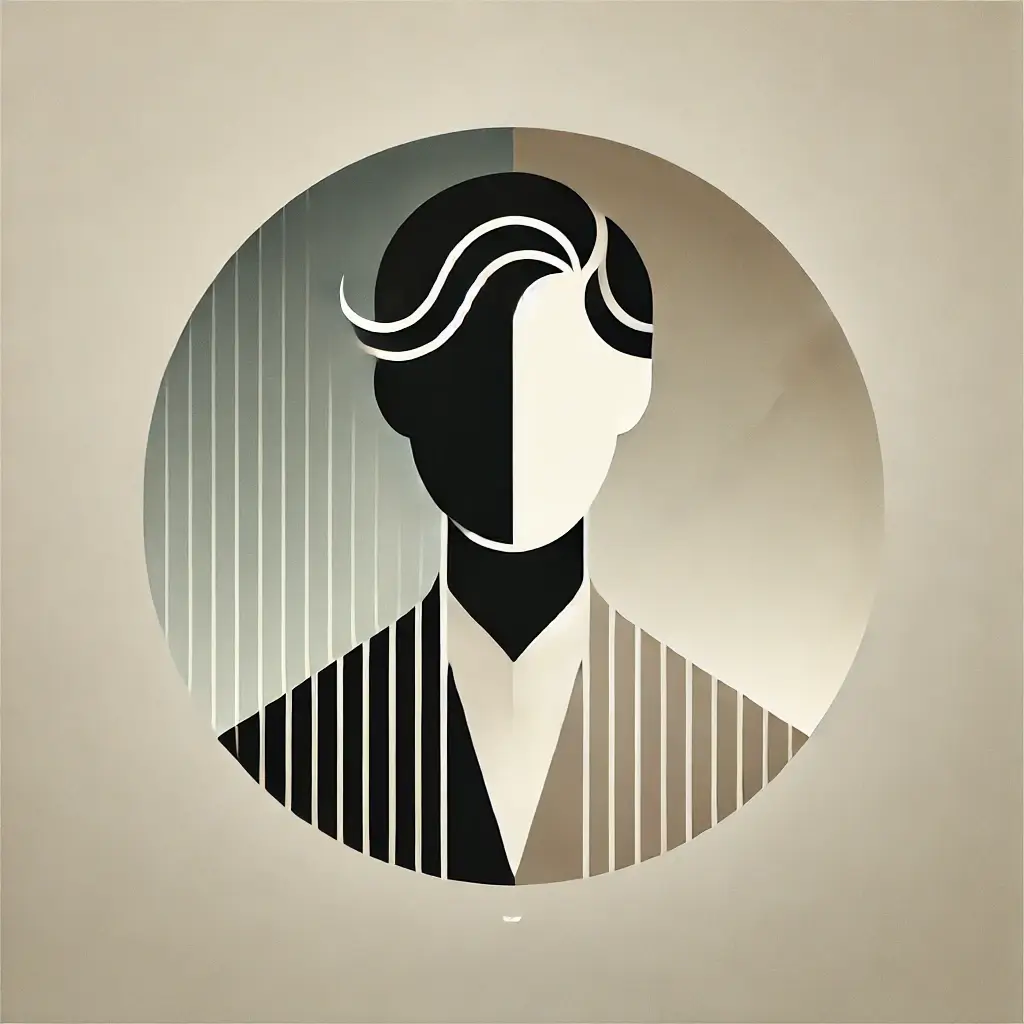
Ferdinand Victor Eugène Delacroix
French
Romanticism
1798
· Charenton-Saint-Maurice, France
1863
· Paris, France

Biography
Eugène Delacroix was a prominent French Romantic painter, born on April 26, 1798, in Charenton-Saint-Maurice, a suburb of Paris. He was the second of five children in a bourgeois family. Delacroix showed artistic talent at a young age and began studying at the École des Beaux-Arts in Paris around 1815, where he encountered neoclassical ideals that he would later rebel against. His early works, like 'Dante and Virgil in Hell', showcased his use of color and emotion, hallmarks of the Romantic movement.
Delacroix traveled to Morocco in 1832, an experience that significantly influenced his palette and subject matter, leading to works such as 'Women of Algiers in their Apartment'. His famous painting 'Liberty Leading the People' (1830) became an enduring symbol of freedom and revolution. Delacroix's dynamic brushwork and emphasis on human emotion distinguished him from his contemporaries and cemented his role as a leader within the Romantic movement.
Throughout his career, Delacroix explored themes of passion and the human spirit, often drawing inspiration from literature, history, and contemporary events. He left a substantial body of work including paintings, sketches, and lithographs, and influenced a number of later artists, most notably the Impressionists and Symbolists. His impact on art history is profound, as he expanded the boundaries of color and emotion in painting, making him one of the key figures in the transition to modern art.
Delacroix died on August 13, 1863, in Paris, leaving behind a legacy that continues to inspire artists today, as well as numerous writings on art theory that underscore his philosophical approach to painting.
Notable Works
Liberty Leading the People, The Death of Sardanapalus, Women of Algiers in their Apartment
Featured Works
Explore the remarkable collection of artworks by Ferdinand Victor Eugène Delacroix.
No artworks available yet.
